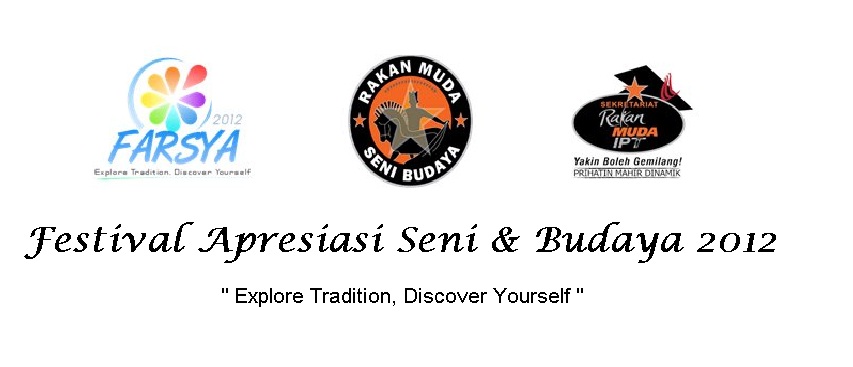Malaysians observe a number of holidays and festivities throughout
the year, on both the federal and state level. Other festivals are
observed by particular ethnic or religion groups, but are not public
holidays. The main holy days of each major religion are public holidays.
The most widespread holiday is the "Hari Merdeka" (Independence Day), otherwise known as "Merdeka" (Freedom), on 31 August. It commemorates the independence of the Federation of Malaya. This, as well as Labour Day
(1 May), the King's birthday (first Saturday of June), and some other
festivals are major national public holidays. Federal Territory day is
celebrated in the three Federal territories. Malaysia Day, held on 16 September, commemorates the formation of Malaysia through the union of Malaya, Singapore, Sabah, and Sarawak, although it is celebrated mainly in East Malaysia.
| Malaysia Independence Day |
New Year's Day, Chinese New Year, and the start of the Islamic calendar are all public holidays. Muslim holidays are highly prominent in Malaysia. The most important of these is Hari Raya Puasa (also called Hari Raya Aidilfitri), which is the Malay translation of Eid al-Fitr. It is a festival honoured by Muslims worldwide marking the end of Ramadan, the fasting month. They also celebrate Hari Raya Haji (also called Hari Raya Aidiladha, the translation of Eid ul-Adha), Awal Muharram (Islamic New Year) and Maulidur Rasul (Birthday of the Prophet).
| Eid al-Fitr |
Malaysian Chinese typically hold the same festivals observed by Chinese around the world. Chinese New Year is the most prominent, lasting for 15 days. Hindus in Malaysia celebrate Diwali (or Deepavali), the festival of light, while Thaipusam is a celebration in which pilgrims from all over the country meet at the Batu Caves. Wesak
(Malay for Vesak), the day of Buddha's birth, is a public holiday.
Malaysia's Christian community observes most of the holidays observed by
Christians elsewhere, most notably Christmas and Easter. Good Friday, however, is only a public holiday in the two Bornean states. The harvest festivals of Gawai in Sarawak and Kaamatan in Sabah are also important for East Malaysians.
| Chinese New Year. |
Despite most of the festivals being identified with a particular
ethnic or religious group, festivities are often participated in by all
Malaysians. One example of this is the celebration of Kongsi Raya, which is celebrated when Hari Raya Puasa and Chinese New Year coincide. The term Kongsi Raya (which means "sharing the celebration" in Malay) was coined because of the similarity between the word kongsi and the Chinese New Year greeting of Gong xi fa cai. Similarly, the portmanteau Deepa Raya was coined when Hari Raya Puasa and Deepavali coincided.
| Deepavali. |
A practice known as "open house" (rumah terbuka) is common
during the festivities, especially during Hari Raya Aidilfitri,
Deepavali, Chinese New Year, and Christmas. Open house means that all
well-wishers are received and that everyone, regardless of background,
is invited to attend.
Open houses are normally held at the home of the host and foods are
prepared by the host. There are also open houses held at larger public
venues, especially when hosted by government agencies or corporations.
Most Malaysians take the time off work or school to return to their
hometowns to celebrate the festivities with their extended relatives.
This practice is commonly known as balik kampung and usually causes traffic jams on most highways in the country.
| Malaysian "open house" |

